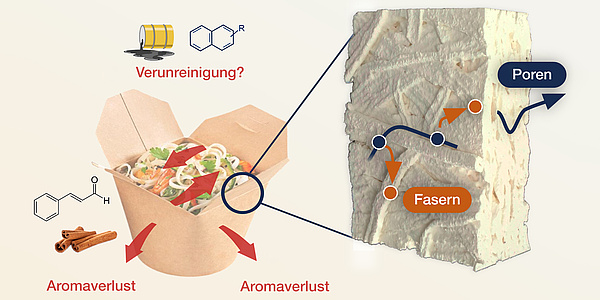Prime numbers: the building blocks of numbers

The Riemann zeta (ζ) function provides mathematicians with a host of key information about prime numbers. The Riemann hypothesis, a conjecture about the positions at which the value of the zeta function is zero, has been considered the greatest unresolved problem in mathematics for more than a century. Although many of the world’s brightest mathematical minds are working on proving the hypothesis, and the Clay Mathematics Institute has offered prize money of USD 1 million to the first person to crack it, there is still no solution in sight.
One step forward thanks to “unworkable” methods
A paper by Christoph Aistleitner of TU Graz’s Institute of Analysis and Number Theory, which won the Province of Styria’s 2017 research prize, has made an important new contribution to the debate on the behaviour of the Riemann zeta function. Although his findings do not reveal the positions at which the value of the function is zero, they do show how often the function has exceptionally high values. The results were published in<link https: link.springer.com article s00208-015-1290-0 _blank int-link-external external link in new> Mathematische Annalen, one of the leading mathematical research journals. The paper caused a stir around the world, as Aistleitner’s methodology was previously regarded by mathematics experts as “unworkable”.
Kontakt
Assoc.Prof. Dipl.-Ing. Dr.techn.
TU Graz | Institute of Analysis and Number Theory
Phone: +43 316 873 7127
<link int-link-mail window for sending>aistleitner@math.tugraz.at




